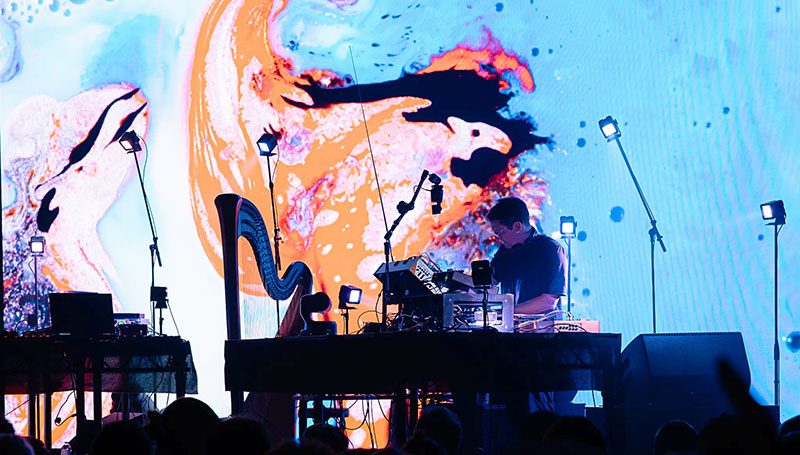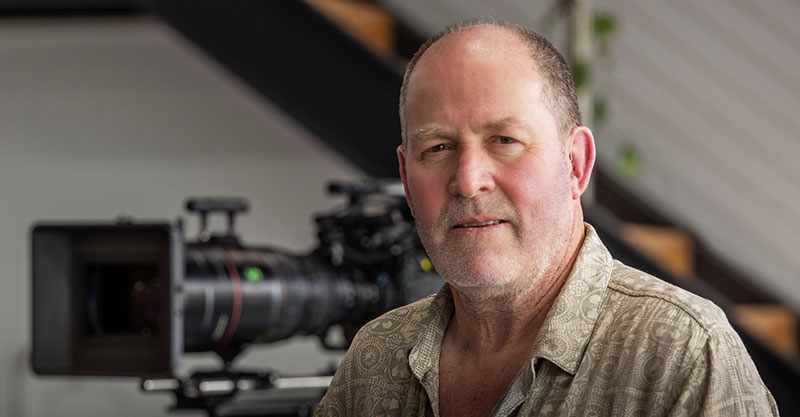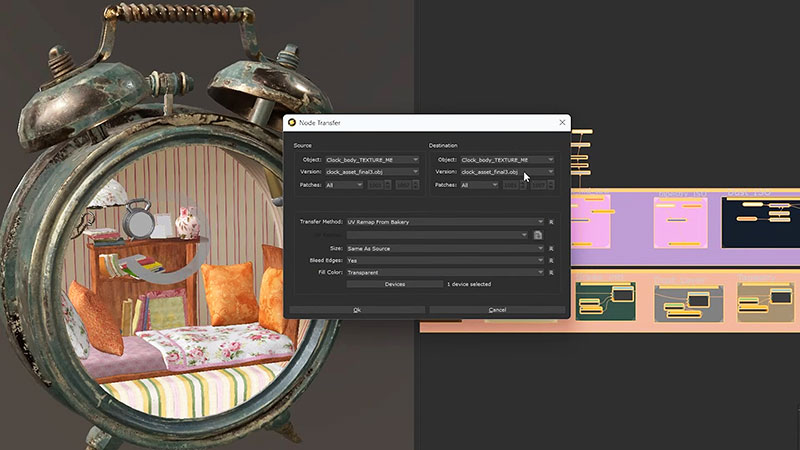Director Hiroshi Okuyama shot his film on the Pocket Cinema Camera 4K and worked with his colourist on DaVinci Resolve Studio in post to create the atmosphere and manage the colour.

Director Hiroshi Okuyama's latest film My Sunshine follows a boy growing up over the course of the winter, from the time the snow begins to fall until it melts. The story is set in a snowy town and is told from the perspectives of a slightly stuttering boy Takuya who struggles with ice hockey, a girl called Sakura learning figure skating and Arakawa, a former figure skater and Sakura's coach.
Okuyama took on the roles of director, cinematographer, screenwriter and editor for the film, while the grading was handled by Colourist Saki Yokota of IMAGICA Entertainment Media Service. His film was officially selected for the ‘Un Certain Regard’ section at the 77th annual Cannes Film Festival.
Skating with Pocket Cinema Camera 4K
Okuyama had learned figure skating for seven years as a child and wanted to make a film inspired by that experience. In the film’s skating scenes, he used a Blackmagic Design Pocket Cinema Camera 4K and skated alongside the actors. "At first, I tested shooting with another camera mounted on a stabilizer, but it was difficult to shoot,” he said. “We also tried shooting while pulling the camera on a sled, but it just couldn't keep up with the actors' movements. In the end, the combination of the stabilizer and the Pocket Cinema Camera 4K, with me skating while shooting, worked best.
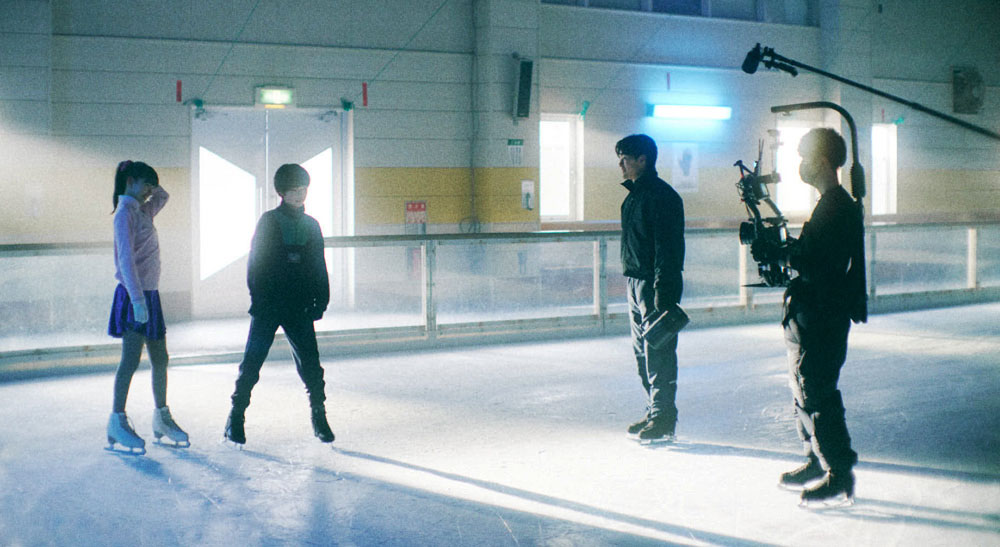
"I was already familiar with Blackmagic Design cameras, having used the first generation Pocket Cinema Camera during my student days, and the Micro Cinema Camera for my previous film JESUS,” he said. JESUS, released in 2018 when Okuyama was only 23 years old, shows his preference for stories told from an unusual point of view. It is about a small Japanese school boy who begins attending a Christian school, a religion he knows nothing about.
Focussing Remotely
When shooting the recent My Sunshine project, Okuyama found the most challenging part was focussing. “Since the camera was capturing a 360 degree view around the entire skating rink as the actors performed, we had to use a wireless system to adjust the focus remotely. Adjusting the focus by looking at a monitor, while not being able to visually gauge the distance between the camera and the subject, could only be done by relying on the skills of my crew," he said.

"I wanted the film to have a cinematic look, so we discussed shooting this film on 16mm film. However, I’m the type who likes to shoot long takes. While shooting the skating scenes, the crew had to stay out of the shot, so with no one stopping me, I often kept the camera rolling for over 30 minutes. The Pocket Cinema Camera 4K was light, easy to shoot with, and blended well with footage from other cameras, allowing me to achieve the film look I was aiming for."
Grading on the Big Screen
Although it is not explicitly stated in the story, the film is set around the year 2001. DaVinci Resolve Studio was used in post production to create the atmosphere of that time. Okuyama said, "Since it was set slightly older than the present day, we added grain and applied a bit of defocus. We also used filters on set. Yokota, the colourist, emphasized the softness of the highlight of the images.”
Yokota used the grain material that Okuyama created and overlaid it in Resolve. He noted, "The director had a clear vision for the look he wanted, which matched the film, so I built on that base look and refined it. Since this film is meant for theatrical release, I graded it on a big screen. The impression on the big screen is different from what you see on a monitor, so I adjusted those aspects to enhance the quality.
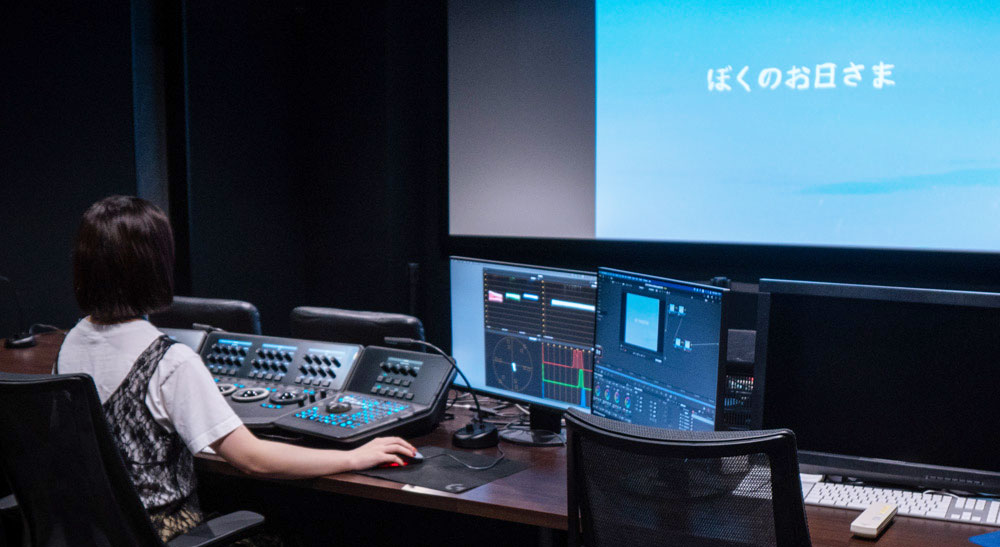
"The most memorable scene is the one by the lake. Different time periods are mixed within a single scene, and as a colourist, you naturally want to balance each cut. Initially, I felt that way too, but after talking with Okuyama, I realized that the beauty lay in the lack of uniformity. The scene beautifully captures the changing tones and brightness unique to each moment. I worked with Okuyama to create the colours for each cut, and it resulted in a very rich scene." www.blackmagicdesign.com





